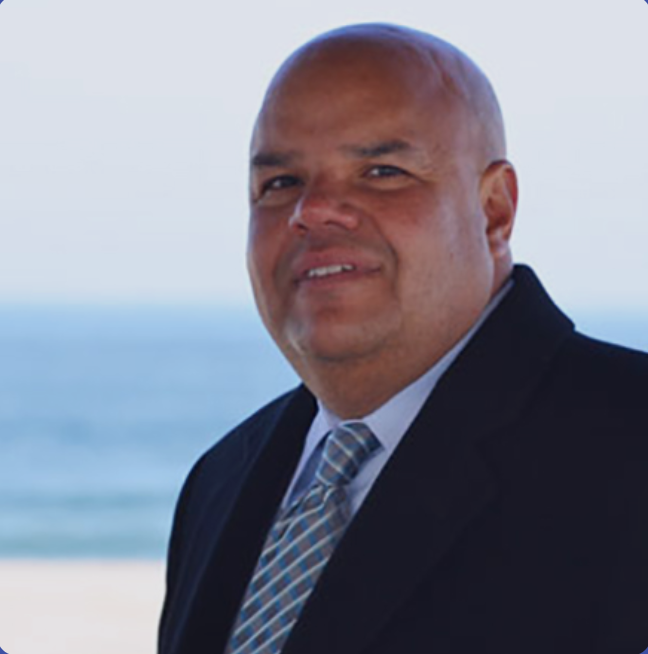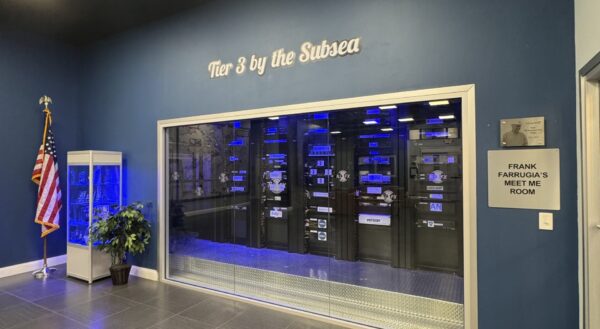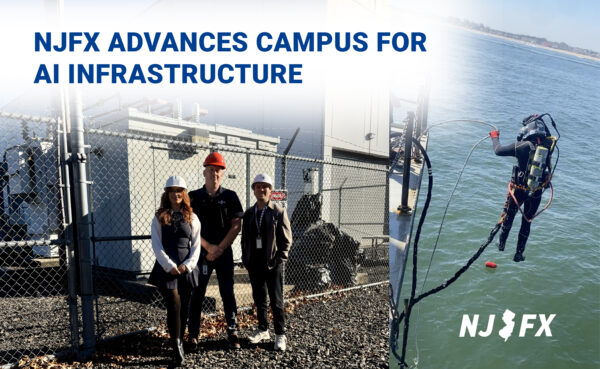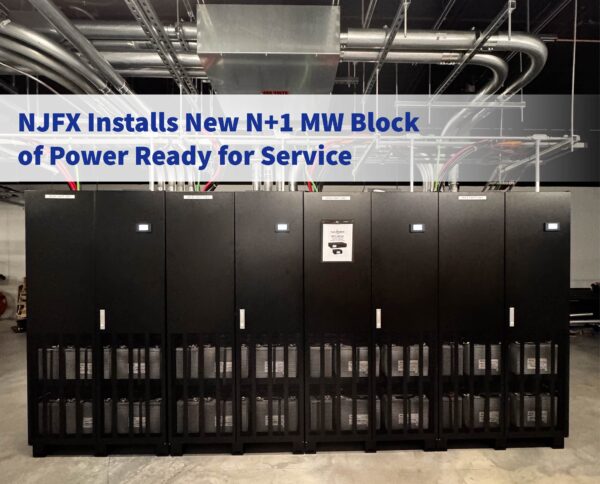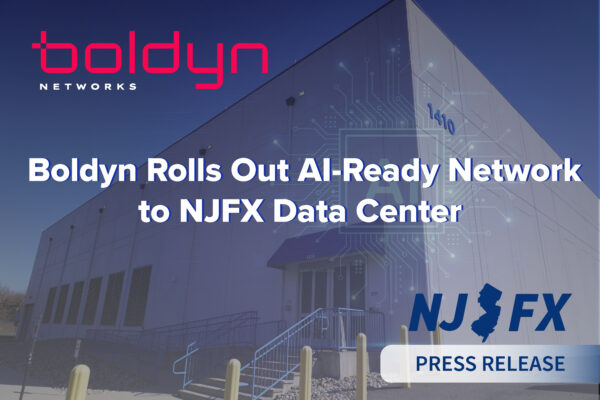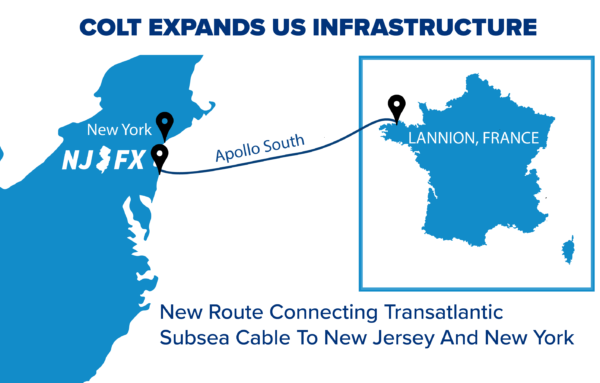Wall Township, NJ – NJFX sits at a cable landing station in the U.S and offers Tier 3, carrier neutral data center capabilities, announces a new, direct way for carriers to reach the United States via the TGN-A and Seabras-1 cable systems. NJFX customers can reach these strategic subsea cables via secure Network to Network Interfaces (NNI) at NJFX’s New Jersey colocation campus. The NNIs contribute to guarantee increased performance, reliability and route diversity.
Telecom Review recently visited with the CEO of NJFX, Gil Santaliz, in order to give our readers a good overview of the connectivity options available through New Jersey.
The breakout capabilities at NJFX allows carriers, service providers, content companies and enterprises high capacity, while eliminating traditional points of failure when providing US-Europe, US-Brazil, US-Asia connectivity. TGN-1 & 2 cables are submarine cable systems connecting Highbridge UK to Wall, New Jersey. U.S. Seabras-1 is a 10,500-km fiber optic cable that connects Sao Paulo, Brazil to the U.S. It offers connectivity to financial markets and other Latin America enterprises and bypasses the Atlantic hurricane zone.
“Our new breakout capability allows carriers to use these subsea systems to reach the U.S. and bypass traditional routes that have multiple hops,” states Gil Santaliz, NJFX Founder and Chief Executive Officer. “This is crucial not only to reduce latency, but also in terms of increasing reliability and disaster recovery options. You only have to look to recent hurricanes to see that for communications hubs, one disruption in the chain could mean disruption in financial transactions, communications and connectivity to South America.”
Telecom Italia Sparkle Connectivity
TI Sparkle, the International Services arm of Telecom Italia Group, has a long-term investment of over USD 300 million for three fiber pairs out of the total six pairs composing Seabras-1. Seabras-1 is the only submarine cable system directly connecting Sao Paulo, Brazil, to New York, USA with an initial design capacity of 72 Terabytes.
Built with some of the best technologies available today and designed to reduce latency and increase reliability with respect to all other existing systems in the region, Seabras-1 will support the fast-growing demand of capacity originating in South America, especially Brazil, along the South to North America route, one of the most relevant IP traffic streams globally which records yearly growth rates of over 35%* and contributes over 30%* of the global market value.
In addition to the three express fiber pairs connecting Wall, New Jersey, US, to Praia Grande, Brazil, TI Sparkle’s investment includes a Branch Unit in Fortaleza, Brazil and a protected backhaul between New York and Miami to connect Seabras-1 to existing proprietary infrastructure, thus ensuring full network resiliency with top service quality.
“Customers at NJFX with the most stringent latency and diversification requirements, and who need higher reliability, can now enjoy direct advanced connectivity solutions to Brazil and beyond through Sparkle’s Seabras-1 capabilities,” says Federico Porri, CTO at Sparkle Americas. “As we are constantly working to provide more value and secure diversity options for our customers, we are happy to partner with NJFX, a company that provides a very reliable and flexible environment with great backhaul partners.”
Backhaul
NJFX offers backhaul options to strategic locations across the United States through carriers including Comcast, Cross River Fiber, Epsilon, Lightower Fiber Networks, Sparkle, Telia Carrier, Windstream, and Zayo – all with no recurring interconnection fee, for direct connectivity to over 50,000 buildings.
NJFX customers can use the subsea cables via secure Network to Network Interfaces (NNI) at NJFX’s New Jersey colocation campus. In addition, the two new subsea cables also allow carriers, service providers, content companies and enterprises high capacity, while eliminating traditional points of failure when providing US to Europe, US to Brazil and US to Asia connectivity.
Gil Santaliz, NJFX founder and chief executive officer, said: “Our new breakout capability allows carriers to use these subsea systems to reach the U.S. and bypass traditional routes that have multiple hops. This is crucial not only to reduce latency, but also in terms of increasing reliability and disaster recovery options. You only have to look to recent hurricanes to see that for communications hubs, one disruption in the chain could mean disruption in financial transactions, communications and connectivity to South America.”
The TGN cables are submarine cable systems connecting Highbridge UK to Wall, New Jersey. Seabras-1 is a 10,500-km fiber optic cable that connects Sao Paulo, Brazil to the US. It offers connectivity to financial markets and other Latin America enterprises and bypasses the Atlantic hurricane zone.
Submarine Fiber New York to New Jersey
Crosslake Fibre recently announced its plans to build a new submarine fiber-optic cable from Wall, New Jersey to Long Island, New York.
The cable system will directly connect Wall, NJ and Long Island with a 95km high fiber count unrepeatered submarine cable. The system will provide a physically diverse, lower latency route between cable landing stations in Long Island and New Jersey. “The need for a Manhattan bypass route is growing more critical with increased network congestion and weather-related threats in the region,” states Mike Cunningham, Chief Executive Officer of Crosslake Fibre.
The cable system’s endpoints will be located at NJFX in Wall, New Jersey, and 1025Connect in Westbury, Long Island. “We selected these endpoints as they are increasingly important hubs for transoceanic connectivity and provide a variety of network connectivity options for customers,” adds Cunningham. “As additional transoceanic cables carrying much of the world’s Internet traffic land in the region, and growth on existing cables continues, new domestic connectivity onward from the Cable Landing Stations is important.”
“The NJFX Cable Landing Campus is capitalizing on its location as a meet-me point for international connectivity,” states Gil Santaliz, Chief Executive Officer of NJFX. “The Crosslake Fibre subsea cable further adds to that ecosystem and brings a unique connectivity option for international and US carriers located here.”
“1025Connect is Long Island’s premier network-neutral Meet-Me Room for interconnection and colocation, known for its ability to provide direct access to multiple subsea cables East of New York City,” states Dan Lunde, Managing Director of 1025Connect. “Introducing the new Crosslake Fibre system adds another strategic option on the ‘Continental Edge’ and strengthens our position as the easternmost peering point in the metro area providing a truly diverse, subsea Manhattan Bypass route for customers.”
The Wall to Long Island project continues Crosslake’s model of developing niche submarine cable systems. “Our Lake Ontario build is progressing at full speed and has really validated our approach to developing smaller systems,” comments Cunningham. Crosslake Fibre will own and manage the system as an independent operator, giving the company flexibility to provide innovative commercial solutions to customers. The company will offer dark fiber and managed services to enterprise and carrier customers and has a targeted ready-for-service (RFS) date of June 2019 for the Wall to Long Island project.
2018 Growth
Gil tells us that NJFX is looking forward to a 48-acre expansion. This will be contiguous to the current facility and will allow for the construction of multiple data centers to take advantage of the international and domestic connectivity they have available at NJFX.
